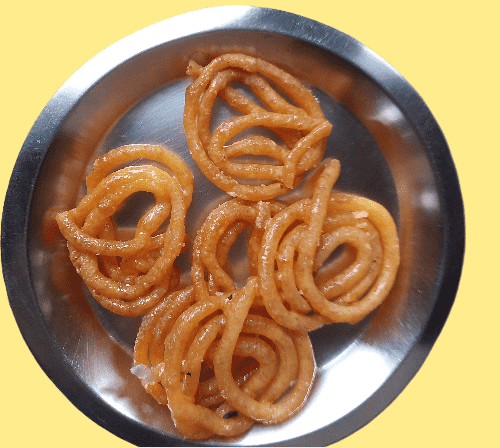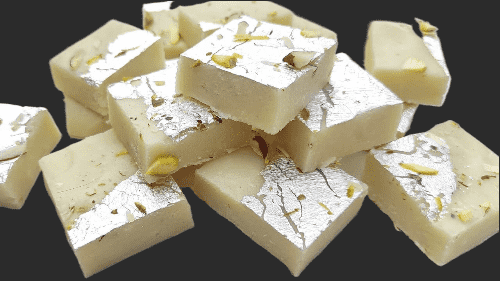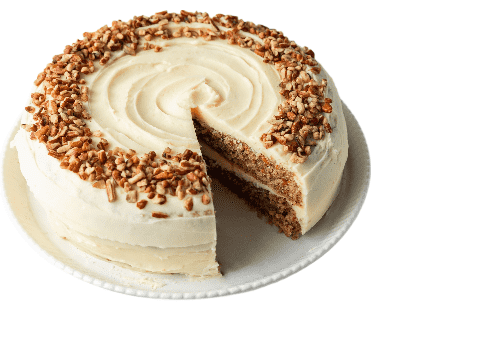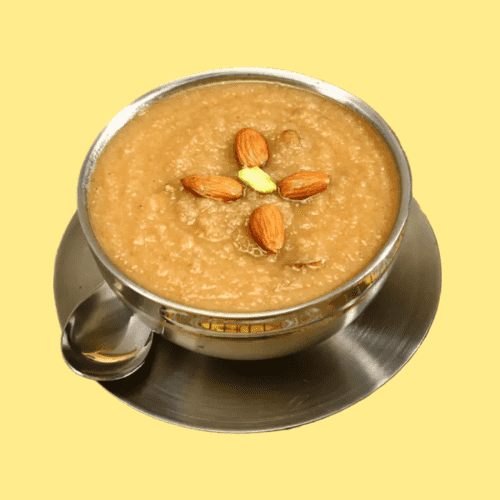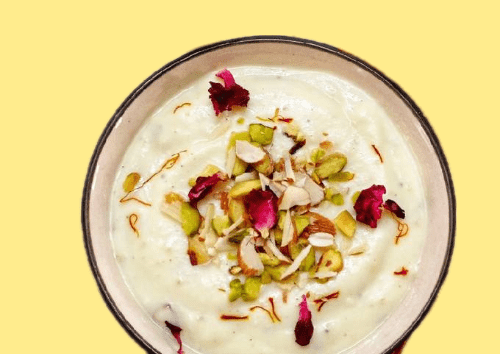Best Gulathi
Introduction :
Desserts have always held a place of honor in culinary traditions worldwide. Among the regal creations of India’s Mughal kitchens, Gulathi stands out as a true embodiment of luxury and indulgence. Similar to the more widely known kheer, it takes this rice-based dessert to new heights with its creamy texture, subtle sweetness, and rich flavors.
In this blog, we’ll explore the origins of Gulathi, its unique characteristics, and its enduring appeal. You’ll also find a step-by-step recipe, tips for perfecting the dish, and creative variations to suit contemporary tastes.
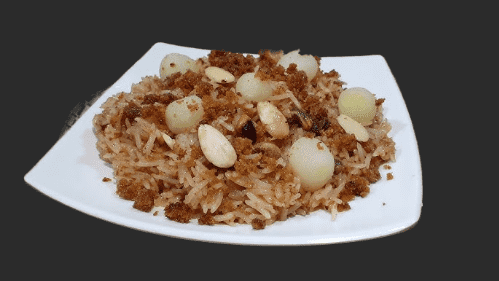
What is Gulathi?
Gulathi is often described as a royal cousin of kheer or phirni. Unlike kheer, which is cooked until the rice retains some bite, Gulathi is slow-cooked until the rice completely disintegrates into a luscious, pudding-like consistency. Enhanced with saffron, rose water, nuts, and cardamom, it’s a dessert fit for royalty.
What Sets Gulathi Apart?
- Texture: The hallmark of Gulathi is its silky, melt-in-the-mouth texture.
- Richness: Made with generous amounts of milk, cream, and nuts, it exudes opulence.
- Flavors: The dish is perfumed with saffron, rose water, and cardamom for a delicate aroma.
The History of Gulathi
The Mughal Empire, renowned for its culinary innovations, introduced elaborate desserts like Gulathi. Inspired by Persian and Central Asian influences, the Mughal chefs, or khansamas, blended local ingredients with foreign techniques to create rich desserts that symbolized luxury and power. Gulathi, with its slow-cooked process and lavish use of nuts and spices, became a centerpiece of royal feasts.
The Ingredients: A Symphony of Flavors
Achieving the perfect Gulathi requires high-quality ingredients and careful attention to detail. Here’s a closer look at what makes this dessert extraordinary:
- Rice: Traditionally, short-grain aromatic rice like Basmati or Gobindobhog is used.
- Milk: Full-fat milk forms the creamy base.
- Sweeteners: Sugar or jaggery adds sweetness, while condensed milk can be used for richness.
- Saffron: Soaked in warm milk, saffron lends its golden hue and unique aroma.
- Rose Water: Provides a floral undertone.
- Nuts and Dried Fruits: Almonds, pistachios, and raisins are the classic garnishes.
Ingredients
For the Base:
- 1/2 cup short-grain rice
- 1-liter full-fat milk
- 1/2 cup sugar (adjust to taste)
- 1/4 cup condensed milk (optional)
- 2 tbsp cream
Flavor Enhancers:
- 1/4 tsp cardamom powder
- A pinch of saffron leaves (soaked in 2 tbsp warm milk)
- 1 tsp rose water
Garnish:
- 10-12 slivered almonds
- 10-12 chopped pistachios
- 2 tbsp raisins
- Edible silver leaf (varq) for a royal touch
Step-by-Step Instructions
Step 1: Preparing the Rice
- Wash the rice thoroughly and soak it for 30 minutes.
- Drain and grind the rice coarsely to achieve a gritty texture (optional for a smoother Gulathi).
Step 2: Boiling the Milk
- In a heavy-bottomed pan, bring the milk to a gentle boil.
- Lower the heat and simmer, stirring occasionally to prevent burning.
Step 3: Cooking the Rice
- Add the soaked (or ground) rice to the simmering milk.
- Cook on low heat, stirring constantly, until the rice breaks down and blends into the milk. This process can take 45-60 minutes.
Step 4: Sweetening and Flavors
- Add sugar and condensed milk, stirring until fully dissolved.
- Stir in the saffron milk, cardamom powder, and cream. Simmer for another 5-10 minutes.
Step 5: Final Touches
- Turn off the heat and mix in rose water.
- Transfer the Gulathi to serving bowls and garnish with nuts, raisins, and silver leaf.
Expert Tips
- Slow Cooking is Key: Patience is essential. The longer the milk and rice simmer together, the creamier the texture.
- Choose the Right Pan: Use a heavy-bottomed pan to prevent sticking and burning.
- Constant Stirring: This ensures a silky consistency and prevents lumps.
- Quality Ingredients: Opt for fresh, full-fat milk and high-grade saffron for authentic flavors.
Cultural Relevance and Festive Appeal
Gulathi is a staple at celebrations, weddings, and festivals across India. Its luxurious ingredients and labor-intensive process make it a dish reserved for special occasions. Serving Gulathi at a gathering is a mark of hospitality and culinary prowess.
Modern Variations Gulathi
Chocolate :
Add cocoa powder or melted dark chocolate to the mix for a decadent twist.
Fruit-Infused:
Fold in pureed mango, strawberry, or lychee after the dessert has cooled.
Vegan :
Substitute milk with almond or coconut milk and use plant-based cream for a dairy-free version.
Jaggery :
Replace sugar with jaggery for a caramel-like flavor profile.
Serving Suggestions
- Temperature: It can be served warm or chilled, depending on preference.
- Pairings: Accompany it with chai, coffee, or a lightly spiced sherbet.
- Presentation: Serve in clay pots or glass bowls for an elegant touch.
The Art of Pairing Gulathi with Indian Cuisine
Gulathi’s richness makes it the perfect conclusion to a spicy Indian meal. Pair it with dishes like biryani or kebabs to balance the bold flavors with its creamy sweetness.
Read More: Best Chicken Dum Biryani with Brown Rice
The Takeaway: Why You Should Try Gulathi
Gulathi is more than just a dessert; it’s a celebration of India’s culinary heritage. Its rich history, luxurious ingredients, and delicate flavors make it a dish worth mastering. Whether you’re indulging in it as a festive treat or creating it to impress your guests, Gulathi is sure to leave a lasting impression.

